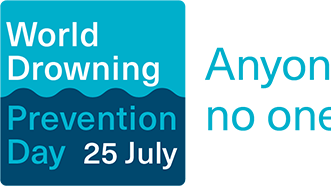Global Drowning Prevention Day 2021: The start of a new era?
Written by Dr Amy Peden from UNSW School of Population Health and Professor Richard Franklin from the College of Public Health, Medical and Veterinary Sciences, James Cook University. Dr Peden and Professor Franklin are Honorary Senior Research Fellows at the Royal Life Saving Society Australia.

